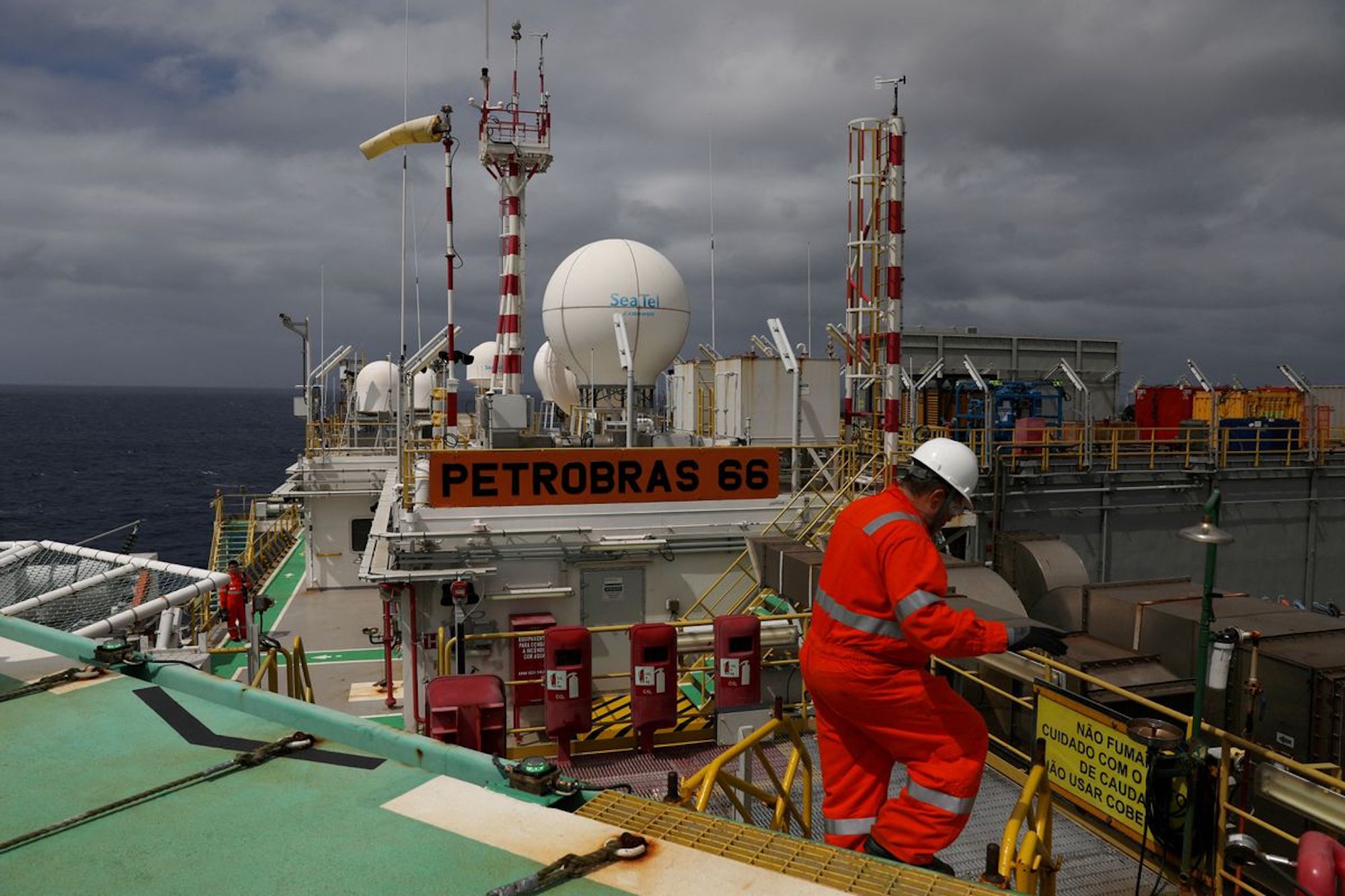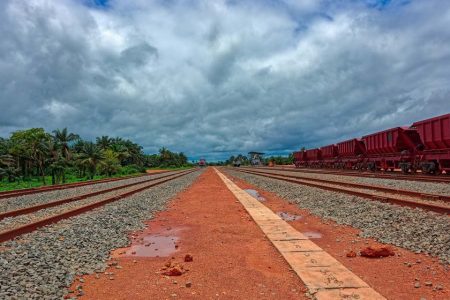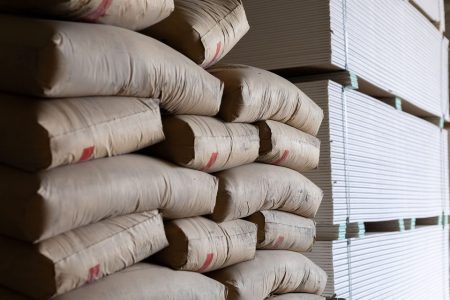Brazil extracted an average of 3.996 million barrels per day (bpd) of oil and natural gas equivalent in August, 2.8 per cent more than in the same month of 2021 and the highest volume in almost three years.
August production was the highest since January 2020, when Brazil extracted an average of 4.041 million barrels of oil and natural gas equivalent per day, according to the National Agency of Petroleum, Natural Gas and Biofuels (ANP).
In comparison with July this year (3.815 million bpd) the increase was 3.95 per cent.
As for Brazilian oil production in August alone, the figures indicate that it was 3.087 million barrels per day, a total 2.9 per cent higher than in the same month of 2021 and 4.19 per cent higher than in July.
This is the highest volume of crude extracted since last January, when the South American giant produced 3,032 bpd.
Regarding natural gas, the average production in August was 139.96 million cubic metres per day, a volume 2.46 per cent higher than in the same month of 2021 and an increase of 3.2 per cent compared to July.
According to the ANP, 74.8 per cent of Brazilian hydrocarbon production in August (2.966 million barrels of oil and natural gas equivalent per day) came from the pre-salt layer, an exploration area in very deep Atlantic waters that could transform Brazil into the fifth largest supplier in the world.
The Tupi field, located in the pre-salt layer of the Santos marine basin, continues to be the most productive in Brazil and was responsible for producing 1,046 million barrels of oil and natural gas equivalent per day in August.
As for the operators, the Brazilian state oil company Petrobras, individually or in a consortium, maintained its leadership with a production of 3.62 million barrels of oil and natural gas equivalent per day.
France’s Total followed, with production of 70,091 barrels of oil and natural gas equivalent per day, Norway’s Equinor (55,712) and Anglo-Dutch Shell (41,741), all belonging to different consortia.






